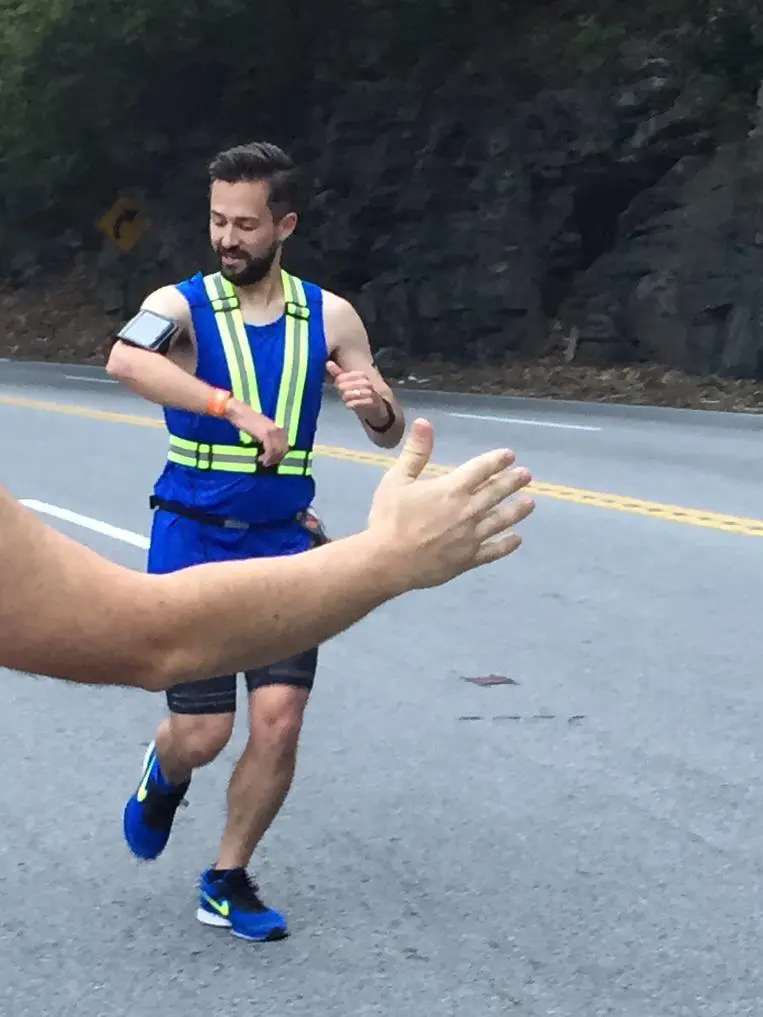
The holiday parties are about to subside, the spiked eggnog will (unfortunately) wear off and the fancy dinner china that plated this year’s most indulgent dishes will be shelved for another time. With a blank slate for 2015, people will aspire to be ambitious versions of themselves — 12 pounds lighter, sculpted and complete with a personality everybody wants to be around. These goals are usually hard to track, measure or simply commit to. Physical transformations can be the toughest to achieve, but fitness apps and devices provide a solution to our need to be interactive, stay motivated and see progress.
While fitness technologies haven’t discovered a way to run, swim or kickbox in our sleep, they can track good old-fashioned, sweat-worthy activities. And according to Stefan Olander, vice president of digital sport at Nike, “There’s incredible power in knowing how you’re doing. It’s inherently, incredibly motivational.” As humans, we are driven by visual progress and a desire to objectively measure our activity to show tangible accomplishments. These fitness apps and devices aren’t just for the futuristic. They serve the traditional jock, dedicated yogi, working mother and regular Joe whose resolution is to spend less time on the couch.
Some friendly competition
Humans love to know what they are achieving in comparison to everyone else, especially their peers. In our office, I’ve seen that a healthy dose of competition can go a long way. Employees who have a similar passion to stay active use synchronized devices to keep up with each other. With the Nike FuelBand, users can connect with friends, align goals and compete for the top spot on the app’s leader board. Making personal progress visible adds an extra level of accountability, builds community and energizes people’s drive to win.
But I’m not a body builder
Fitness technologies open a door for people to personalize fitness to their needs. While an hourlong, intense heavy lifting class may not be someone’s ideal way to burn the extra calories, technologies like Fitbit allow for personalization and encourage activity, no matter the weight. There’s a whole family of Fitbit devices that track exercise, weight, sleep and nutrition in an effort to achieve a healthy lifestyle, not just the occasional backbreaking workout.
Does your workout count?
Whether you’re using an app or not, 5 miles is 5 miles, but a visual representation of the ups and downs of a run or bike ride rewards people with a sense of accomplishment. A flashy trophy icon for beating a personal record or seeing exactly where you slow down on that trail run makes the lonely 6 a.m. workout more bearable, or at least more trackable. Cyclemeter provides graphs on speed and has a calendar so that users can view progress on their regular routes. Digifit iCardio measures heart activity, gauging when individuals have reached an aggressive calorie-burning level, signaling the ideal time to cool it down.
Overcoming the usual excuses
Staying in top shape was easier back in high school, when physical activity happened on a field. It felt less like pain and more like fun. Fitness is easily left out of the “grown-up” equation, however, with people glued to cubicles and drained once 5 o’clock rolls around. But there has been a national renaissance when it comes to creating a culture of healthy citizens. Maybe we’ve taken note of the Europeans, who walk 6 miles a day to work, or we’ve been overstuffed with the enormous portions at most American restaurants. Either way, 2014 is set to double last year’s digital health funding, a positive trend likely to continue in 2015. Technology makes implementing wellness programs easier, tracking participation and rewarding healthy employees. Online support systems, long-term planning and generous incentives are pillars of successful company-wide initiatives.
As New Year’s resolutions start swirling, do whatever is necessary to keep moving and to stay motivated, whether it’s a fitness app, a running group or a new pair of kicks.
This post originally appeared in The Tennessean.

